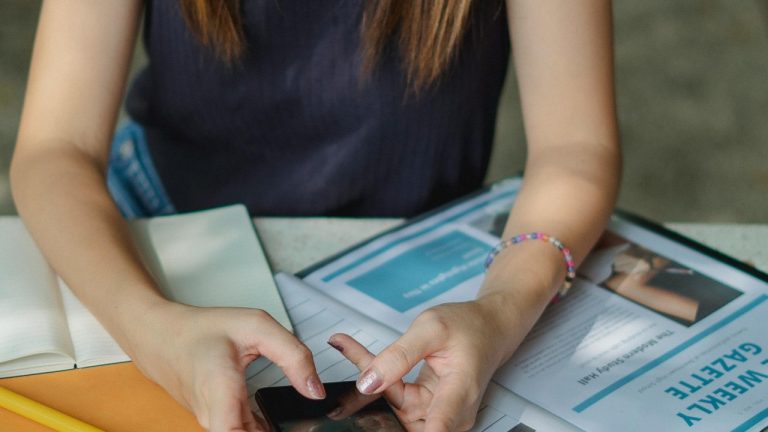The Evolving Attention Span: How Education is Adapting to the ‘Scroll Generation’
The modern student’s attention span, often perceived as a character flaw, is more likely a reflection of the rapid-fire, information-saturated world we live in. Constant exposure to short-form content on social media platforms has trained young brains to quickly filter information, prioritizing and discarding in a constant stream of stimuli. This “selective focus” has fostered a new kind of cognitive agility, allowing students to rapidly process information fragments, but potentially at the expense of deep, sustained engagement with complex subjects. Educators are now grappling with this shift, questioning traditional teaching methods and exploring how to best engage these “digital natives.”
The rise of micro-learning has become a prominent response to shrinking attention spans. Breaking down lengthy lessons into bite-sized chunks, incorporating interactive elements like quizzes and short videos, mirrors the content consumption habits of students outside the classroom. This approach acknowledges the reality of shortened attention spans and leverages it as a strength, capitalizing on the rapid processing abilities of today’s learners. Rather than viewing fragmented attention as a deficit, micro-learning reframes it as an opportunity to deliver information in a way that aligns with students’ cognitive wiring.
However, the shift to micro-learning also presents challenges. While effective for conveying core concepts and maintaining engagement, it raises concerns about the development of deeper understanding and critical thinking skills. A recent study highlighted the potential negative impact of excessive short-form content consumption on academic performance, suggesting that constant stimulation can hinder the ability to focus on more demanding academic materials. The question becomes how to balance the benefits of micro-learning with the need for sustained focus and in-depth analysis, ensuring students develop both agility and endurance in their learning.
Beyond the classroom, the constant stimulation of the digital world poses significant mental health challenges. The unending influx of information can lead to anxiety, emotional fatigue, and a diminished ability to regulate attention. Educators are increasingly recognizing the need to address the mental load of this constant connectivity, incorporating “tech breaks” and mindfulness practices into the school day to help students manage the overwhelming flow of information and protect their well-being. This holistic approach acknowledges that effective learning requires not just cognitive engagement, but also emotional regulation and mental wellness.
The nature of focus itself appears to be transforming. Students today may not be unfocused, but rather selectively focused, adept at quickly scanning and filtering information, a valuable skill in the age of information overload. However, this ability comes at a potential cost, potentially sacrificing nuanced understanding and critical analysis for speed and efficiency. The challenge for educators is to bridge this gap, leveraging students’ strengths while also cultivating the capacity for deep, reflective thought. This may involve integrating longer-form content strategically, teaching students how to manage their attentional resources, and fostering critical thinking skills within the context of micro-learning modules.
The classroom is evolving into a blend of traditional pedagogy and digital engagement. Teachers are embracing “edutainment,” using platforms like YouTube, Instagram, and interactive quizzing apps to deliver content in engaging, bite-sized formats. This approach seeks to meet students where they are, capturing their attention while still delivering substantive educational content. The key lies in finding the right balance, utilizing short-form content strategically to spark interest and maintain engagement, while also providing opportunities for deeper exploration and critical analysis. This requires careful instructional design and a thoughtful integration of digital tools, maximizing their potential without sacrificing the depth and rigor of learning.


